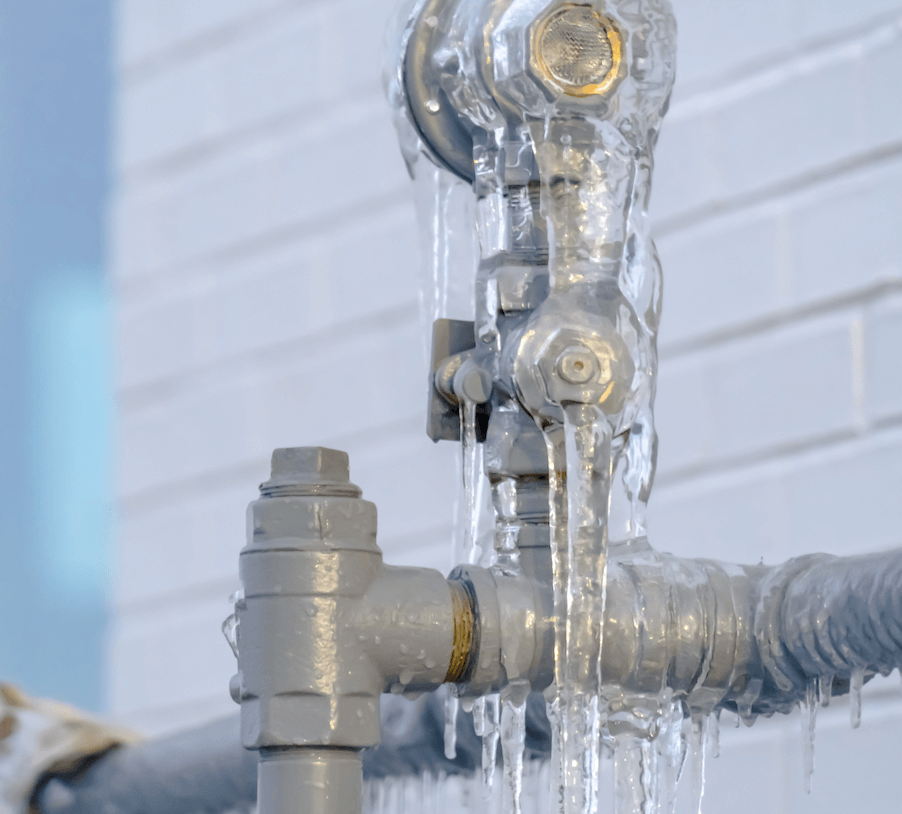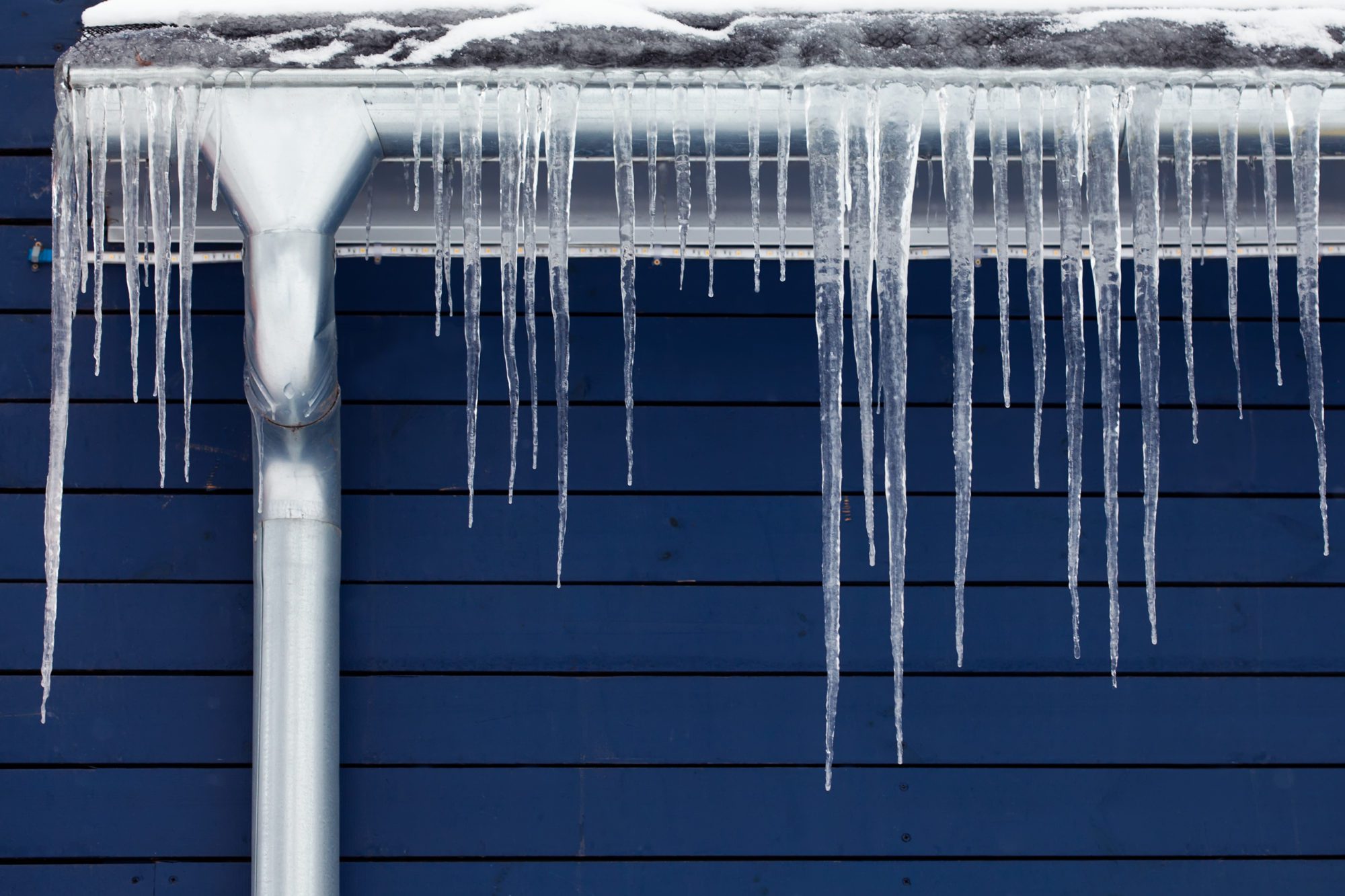Key Approaches for Preventing Frozen Pipes in Winter
Key Approaches for Preventing Frozen Pipes in Winter
Blog Article
What are your thoughts regarding How to Prevent Your Pipes From Freezing?

Winter can wreak havoc on your pipes, especially by freezing pipes. Below's just how to avoid it from occurring and what to do if it does.
Intro
As temperatures decrease, the threat of frozen pipelines rises, possibly bring about pricey repair work and water damage. Comprehending just how to stop icy pipelines is crucial for homeowners in cold environments.
Recognizing Icy Pipes
What causes pipes to ice up?
Pipelines freeze when exposed to temperatures listed below 32 ° F (0 ° C) for prolonged periods. As water inside the pipes ices up, it broadens, taxing the pipe wall surfaces and possibly causing them to break.
Dangers and damages
Icy pipes can bring about water system disruptions, residential property damage, and pricey repair work. Ruptured pipelines can flooding homes and create extensive structural damage.
Indications of Frozen Pipes
Identifying icy pipelines early can avoid them from rupturing.
Exactly how to identify frozen pipelines
Try to find reduced water circulation from faucets, unusual odors or sounds from pipelines, and visible frost on exposed pipes.
Avoidance Tips
Shielding vulnerable pipes
Cover pipes in insulation sleeves or use heat tape to shield them from freezing temperatures. Concentrate on pipelines in unheated or external locations of the home.
Heating methods
Keep indoor rooms properly heated up, specifically areas with plumbing. Open up closet doors to enable warm air to circulate around pipes under sinks.
Protecting Exterior Pipes
Garden pipes and outdoor taps
Separate and drain pipes garden hoses prior to wintertime. Set up frost-proof spigots or cover outdoor faucets with shielded caps.
What to Do If Your Pipes Freeze
Immediate activities to take
If you suspect frozen pipes, keep taps open to eliminate stress as the ice thaws. Make use of a hairdryer or towels taken in warm water to thaw pipelines gradually.
Long-Term Solutions
Architectural modifications
Think about rerouting pipes away from exterior walls or unheated areas. Include additional insulation to attic rooms, basements, and crawl spaces.
Updating insulation
Buy high-grade insulation for pipelines, attics, and walls. Appropriate insulation aids keep consistent temperature levels and decreases the threat of icy pipelines.
Final thought
Avoiding frozen pipes requires proactive steps and quick actions. By recognizing the reasons, signs, and preventive measures, property owners can safeguard their plumbing during cold weather.
5 Ways to Prevent Frozen Pipes
Drain Outdoor Faucets and Disconnect Hoses
First, close the shut-off valve that controls the flow of water in the pipe to your outdoor faucet. Then, head outside to disconnect and drain your hose and open the outdoor faucet to allow the water to completely drain out of the line. Turn off the faucet when done. Finally, head back to the shut-off valve and drain the remaining water inside the pipe into a bucket or container. Additionally, if you have a home irrigation system, you should consider hiring an expert to clear the system of water each year.
Insulate Pipes
One of the best and most cost-effective methods for preventing frozen water pipes is to wrap your pipes with insulation. This is especially important for areas in your home that aren’t exposed to heat, such as an attic. We suggest using foam sleeves, which can typically be found at your local hardware store.
Keep Heat Running at 65
Your pipes are located inside your walls, and the temperature there is much colder than the rest of the house. To prevent your pipes from freezing, The Insurance Information Institute suggests that you keep your home heated to at least 65 degrees, even when traveling. You may want to invest in smart devices that can keep an eye on the temperature in your home while you’re away.
Leave Water Dripping
Moving water — even a small trickle — can prevent ice from forming inside your pipes. When freezing temps are imminent, start a drip of water from all faucets that serve exposed pipes. Leaving a few faucets running will also help relieve pressure inside the pipes and help prevent a rupture if the water inside freezes.
Open Cupboard Doors
Warm your kitchen and bathroom pipes by opening cupboards and vanities. You should also leave your interior doors ajar to help warm air circulate evenly throughout your home.

Do you like more info about How to prepare your home plumbing for winter weather? Put feedback down below. We would be pleased to find out your opinions about this write-up. We are looking forward that you come back again in the near future. Enjoyed our blog? Please quickly share it. Help other people locate it. I praise you for your time. Return soon.
Click Here Report this page